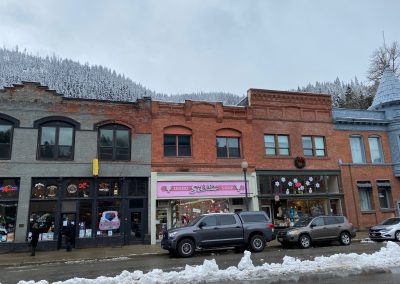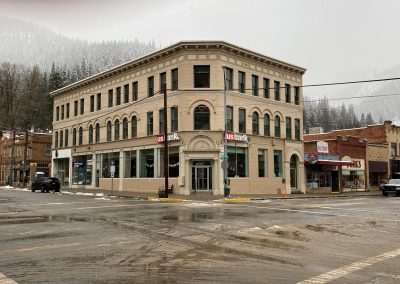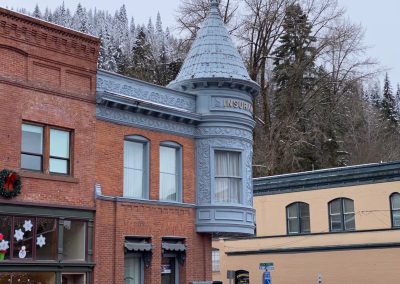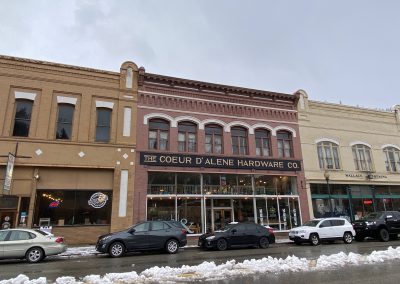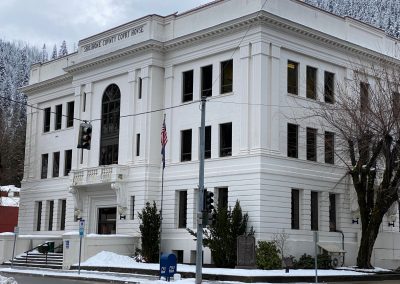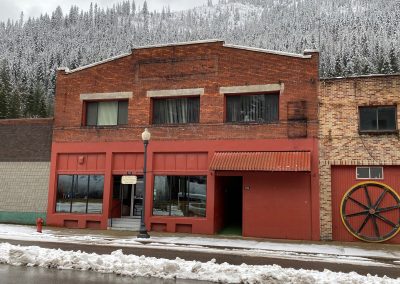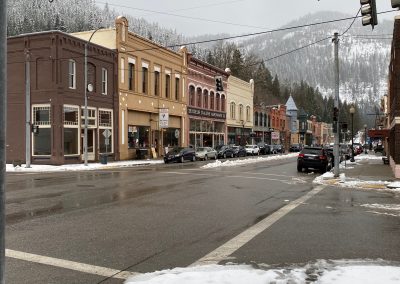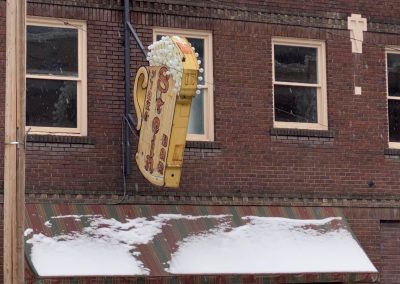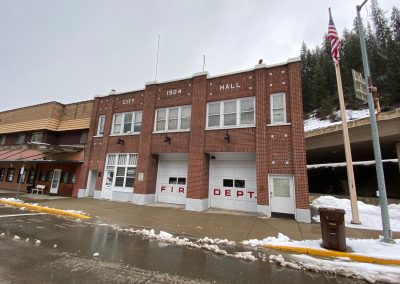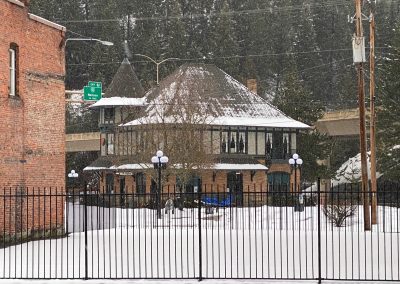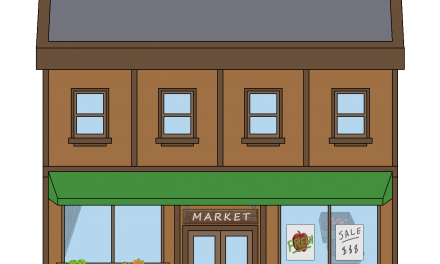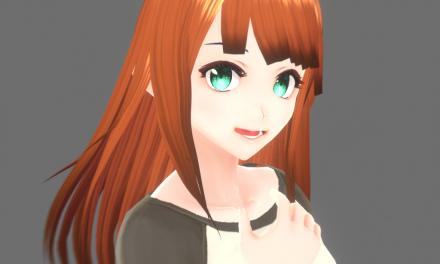We just returned from a small holiday getaway for what we call “Mid-Winter-Break” in public schools out here. This year’s was shorter than most, but we got the chance to relax, recharge, and look for inspiration. There was a light snowfall followed by some beautiful sun.
I find inspiration in the world around me – since we’re working on a farm game set in a small, rural American town, we drove out to a few charming old towns to look at architecture. We stopped in Wallace, ID – a town in Northern Idaho known for its silver mines. We came through in the off season, so we could get an idea of a winter’s day and see and meet townsfolk (as opposed to tourists). We’ll be back for the mines later!
If you’re ever out that way, stop into the Blackboard Cafe – we met some really nice folks there; we even listened to a waitress tell the story of the town to another passing traveler. You know, she reminds me of one of our characters, actually!
I took pictures! Remember: I’m a Programmer, not a Photographer. 🙂
What I’m Working On:
I’m designing our town scene. We’ve been visiting small towns and farms since last summer, and I’m starting to put those ideas to (digital) paper.
I’ve also been typing out character bios for some of our townsfolk! It’s actually a lot harder than you might think to “create” original people who aren’t just character cliches. One of our goals with this game is to have a large cast of interesting characters for you all to meet. You’ll need to travel to other towns (multiplayer) to meet them all, since each town will have a different cast of characters!
For those of you who are interested, I’m using Clip Studio Paint and my trusty Wacom Cintiq. I’ll be laying out the lineart as vector layers, then inking / texturing – all in CSP. The resulting buildings will be scaled down to fit in our game world, then optimized and rendered as tilemap elements.
Why Tilemaps??
They render RIDICULOUSLY FAST. Even with the full testing database loaded in the game’s engine, we’re seeing framerates of 800+ FPS; that number dives to 500 when assets are rendered as sprites.
There are also some optimizations you can take advantage of when using tilemaps…windows, for example – they’re practically identical throughout each building. Using a dupolicate tile CONVINCINGLY when I can saves memory and allows more people to run our game.
If there’s one thing I learned while working in VR development, it’s efficiency. Smart design choices now add up over the life of development.
Screenshots:
Not yet. It’s way too early. I’ll post again with some sketches.

